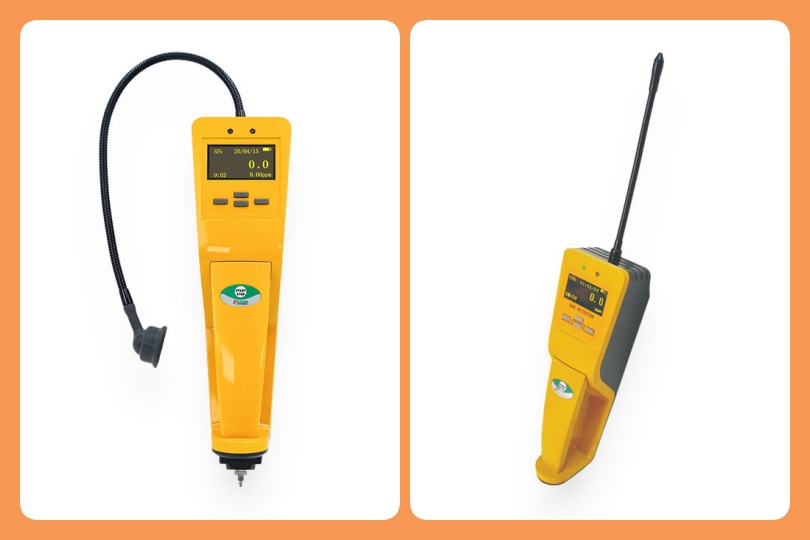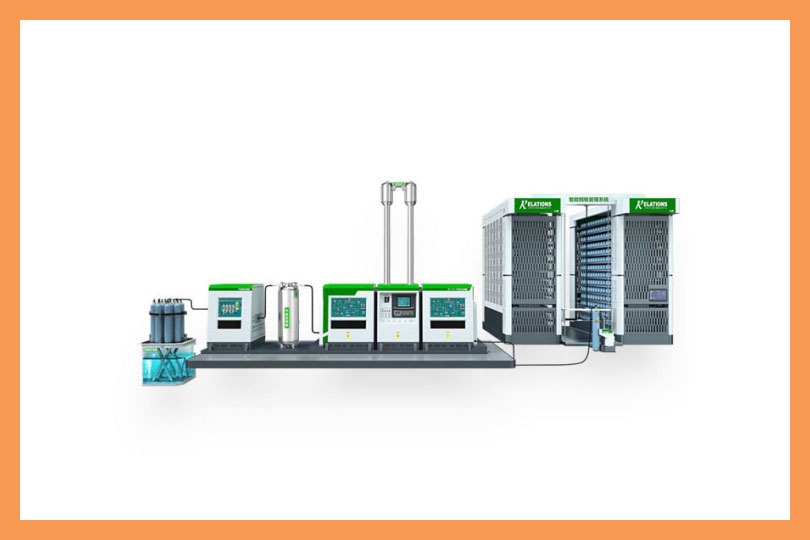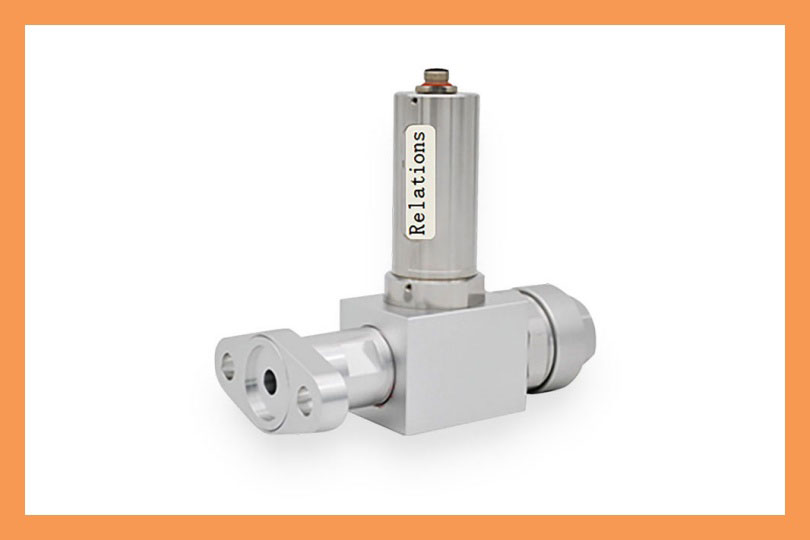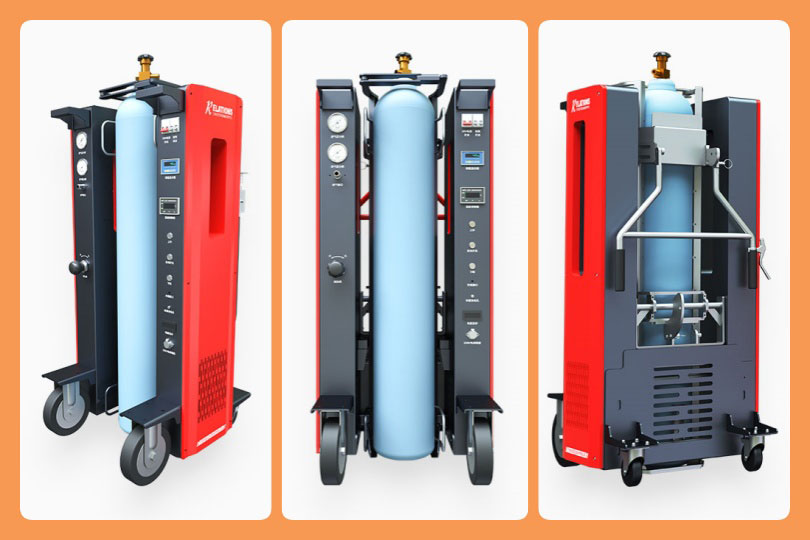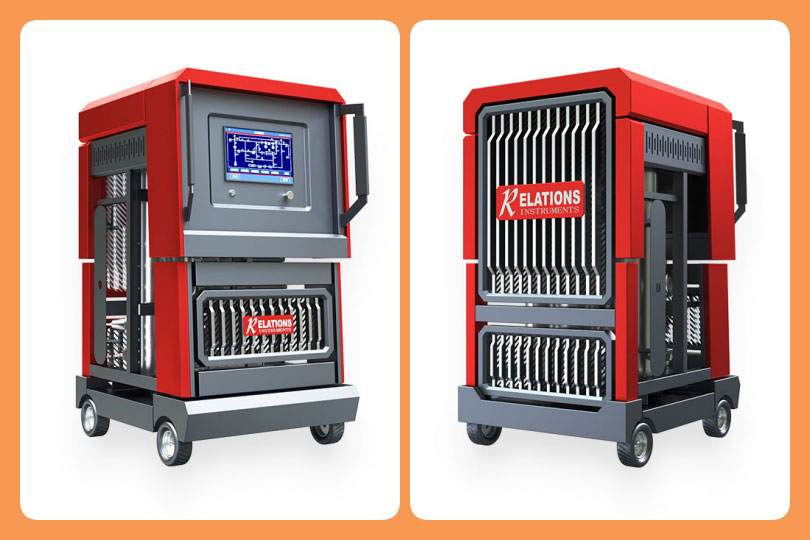How to Pick the Right SF6 Purification Equipment for Lithium Battery Workshops?
Date
2025-09-11
[email protected]
Website
www.sf6gasdetector.com
Get Solutions And Quotes
How to Pick the Right SF6 Purification Equipment for Lithium Battery Workshops?
The global lithium battery industry is booming, driven by the surge in demand for electric vehicles (EVs), energy storage systems, and consumer electronics. In lithium battery production, sulfur hexafluoride (SF6) plays a critical role: as an inert, non-flammable gas, it creates a dry, oxygen-free environment during electrode manufacturing, cell assembly, and testing processes. This protects sensitive battery components from oxidation and moisture, which could otherwise reduce battery capacity, shorten lifespan, or even cause safety hazards like short circuits. However, SF6 is a potent greenhouse gas (with a global warming potential 23,500 times that of CO₂ over 100 years) and requires strict management to avoid waste, pollution, and quality risks—making sf6 purification equipment for lithium battery workshops an indispensable investment.
Why SF6 Purification Equipment Is Non-Negotiable for Lithium Battery Workshops
Lithium battery production demands ultra-high purity in every process, and SF6 is no exception. When SF6 is used repeatedly in workshops, it easily absorbs moisture, particulate matter, and acidic impurities (from equipment wear or chemical reactions). Even tiny amounts of these contaminants can compromise battery quality:
- Moisture: High humidity in SF6 leads to electrolyte degradation and corrosion of lithium metal electrodes, directly reducing battery cycle life by 10–20%.
- Particles: Dust or metal fragments in SF6 can settle on electrode surfaces, causing internal short circuits in finished batteries—a major cause of recalls in the EV industry.
- Acidic impurities: Byproducts like HF (hydrofluoric acid) can damage workshop equipment and pose health risks to workers.
Beyond quality control, sf6 purification equipment for lithium battery workshops addresses environmental and economic challenges. Without purification, workshops must frequently replace contaminated SF6, increasing procurement costs and carbon footprints. Additionally, global regulations (such as the EU’s ESG directives and China’s “Dual Carbon” goals) mandate SF6 emission reductions and recycling—non-compliance can result in fines or production halts.
Core Functions of High-Performance SF6 Purification Equipment
To meet the unique needs of lithium battery workshops, reliable sf6 purification equipment integrates four key functions:
- Multi-Stage Impurity Filtration: Equipped with high-precision filters (0.1μm or finer) and drying modules (using molecular sieves or activated alumina), the equipment removes moisture (to below -60°C dew point) and particles, ensuring SF6 purity reaches 99.995%—the industry standard for lithium battery production.
- High SF6 Recovery Rate: Advanced systems recover up to 95% of used SF6, reducing raw material waste and lowering operational costs. For a mid-sized lithium battery workshop (producing 5GWh/year), this translates to savings of \(50,000–\)100,000 annually.
- Real-Time Purity Monitoring: Built-in sensors continuously track SF6 purity and impurity levels, sending alerts to operators if parameters deviate from standards. This prevents defective batteries from entering downstream processes and ensures consistent production quality.
- Safety and Environmental Protection: The equipment features leak-proof designs (compliant with ISO 14532) and gas treatment units that neutralize acidic impurities, protecting workers and avoiding atmospheric pollution. Some models also integrate SF6 inventory management tools to simplify regulatory reporting.
How to Select the Right SF6 Purification Equipment for Lithium Battery Workshops
Choosing suitable sf6 purification equipment for lithium battery workshops requires aligning the system with your production scale, process requirements, and compliance goals. Here are key considerations:
- Processing Capacity: Match the equipment’s hourly gas handling capacity (measured in Nm³/h) to your workshop’s SF6 consumption. Small workshops (1–2GWh/year) may need 50–100 Nm³/h systems, while large facilities (10GWh+/year) require 200+ Nm³/h units.
- Purity Requirements: Confirm the equipment can achieve the purity level your processes demand. For lithium-ion battery cell assembly, 99.995% purity is minimum; for solid-state battery production (more sensitive to moisture), opt for systems that reach 99.99%.
- Automation Level: Choose fully automated equipment with PLC control and remote monitoring capabilities (e.g., integration with MES systems) to reduce manual intervention and improve efficiency. This is especially critical for 24/7 continuous production lines.
- After-Sales Support: Select manufacturers that offer on-site installation, calibration, and maintenance services. SF6 purification equipment requires regular filter replacement and sensor calibration—timely support minimizes downtime.
Maintenance Tips to Extend Equipment Lifespan
To maximize the performance and longevity of sf6 purification equipment for lithium battery workshops, follow these maintenance practices:
- Replace filtration and drying modules every 3–6 months (or as recommended by the manufacturer) to avoid impurity buildup.
- Calibrate purity sensors and pressure gauges monthly to ensure accurate monitoring.
- Inspect seals and valves quarterly for leaks—use SF6 leak detectors (e.g., ultrasonic or infrared) for thorough checks.
- Train operators on proper equipment operation and emergency handling (e.g., leak response protocols) to prevent human error.
As the lithium battery industry grows, the demand for safe, efficient, and compliant SF6 management solutions will only increase. SF6 purification equipment for lithium battery workshops is not just a tool for reducing costs or meeting regulations—it is a cornerstone of high-quality battery production and sustainable operations. By investing in the right equipment, optimizing selection, and implementing regular maintenance, lithium battery manufacturers can protect their products, workers, and the environment while staying competitive in a fast-evolving market.

